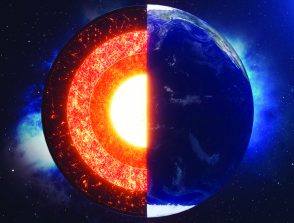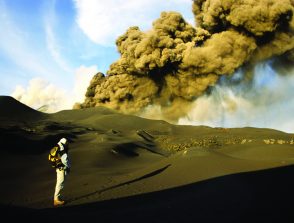Building and releasing stresses in the lithosphere
21/06/2023
IPGP - Îlot Cuvier
11:00
Séminaires thème Intérieurs de la Terre et des planètes
Salle 310
Thomas Ferrand
Freie Universität Berlin
Thanks to plate tectonics, the Earth’s lithosphere is composed of very different lithologies, most of which consisting of peridotites, usually covered by either oceanic or continental crust. Depending on several parameters including composition, pressure, temperature, and strain rate, lithospheric materials can appear to deform smoothly and silently or generate large seismic ruptures. Collision belts and subduction systems, including subducted materials being heated and sheared in the mantle transition zone, are characterized by intense seismicity; in contrast, the bottom of lithospheric plates, known as lithosphere-asthenosphere boundary (LAB), does not seem associated with any seismicity, giving the impression that oceanic plates have the intrinsic ability to maintain their basal shear stress at relatively low values. Comparing results from experimental geophysics, field geology, geodynamics modelling and seismology, I discuss the representativity of experimental findings and potential consequences on our understanding of the rheology of the lithosphere. Also on Zoom: https://u-paris.zoom.us/j/84172445176?pwd=NHN2VFBDcFZCcnh1bDdKQkZLWjJHQT09





